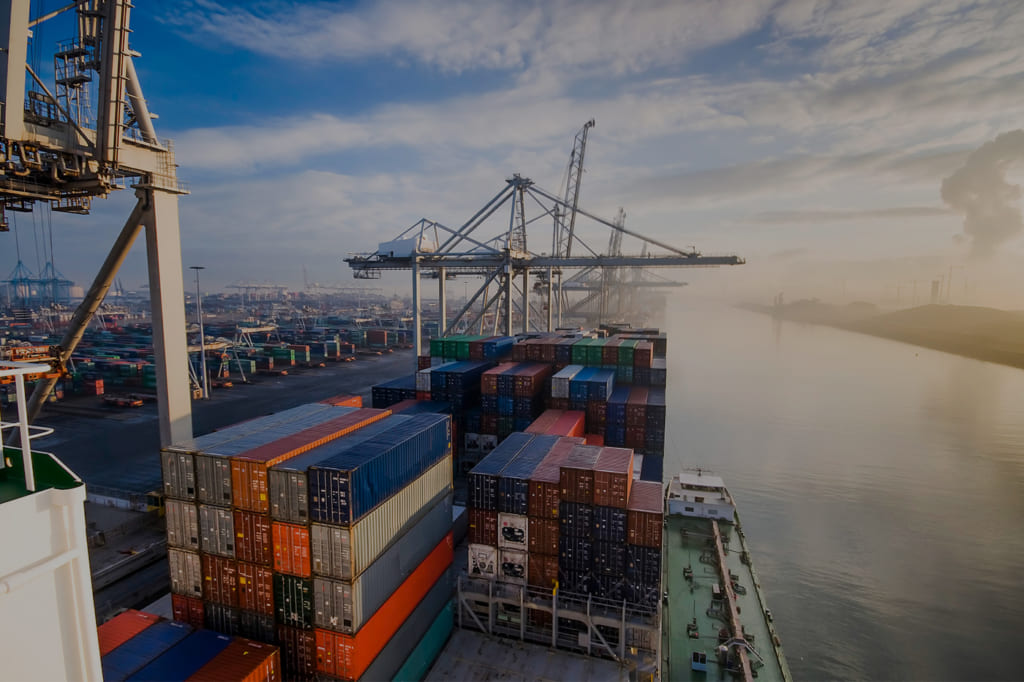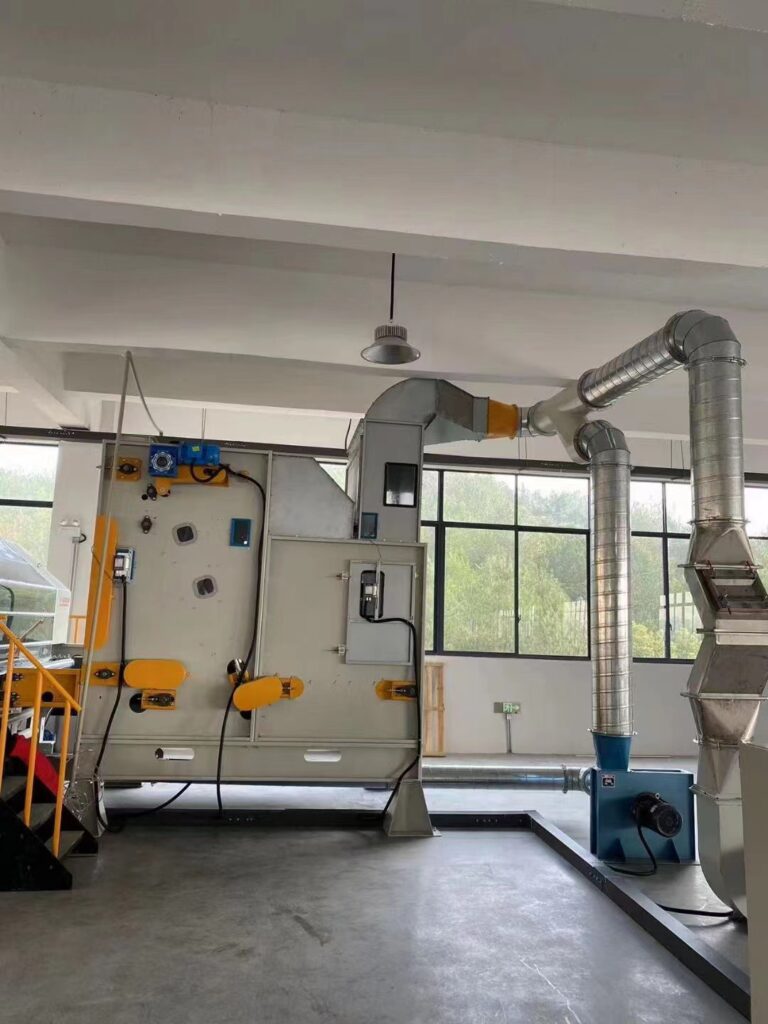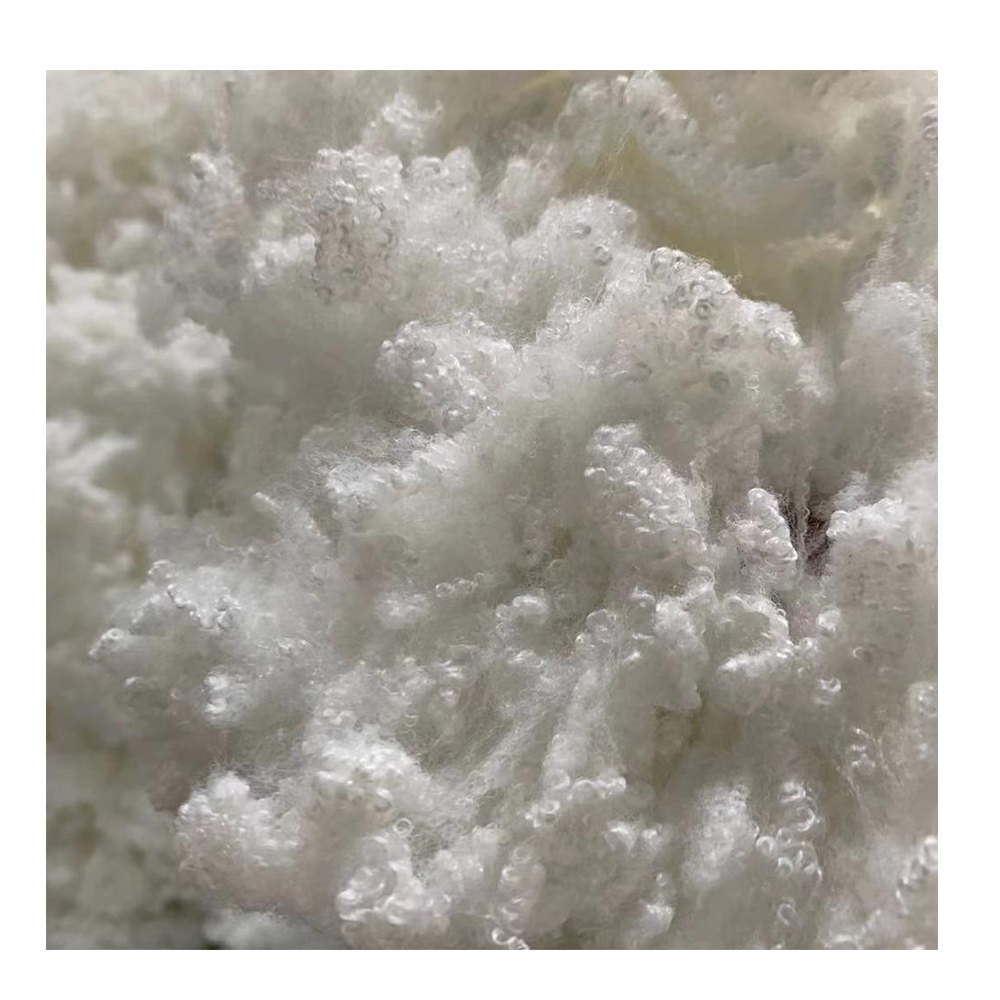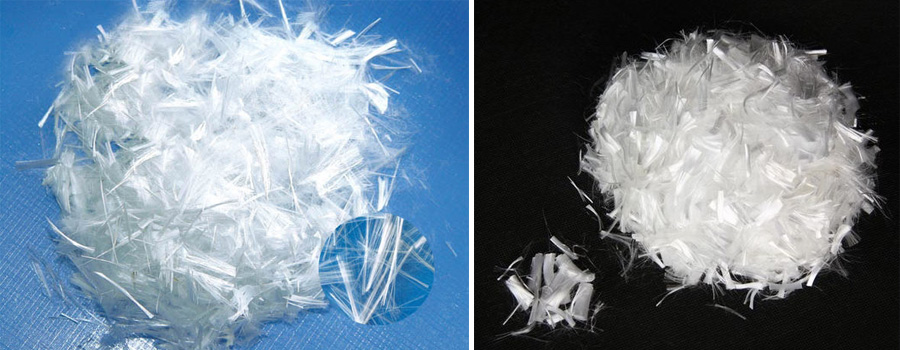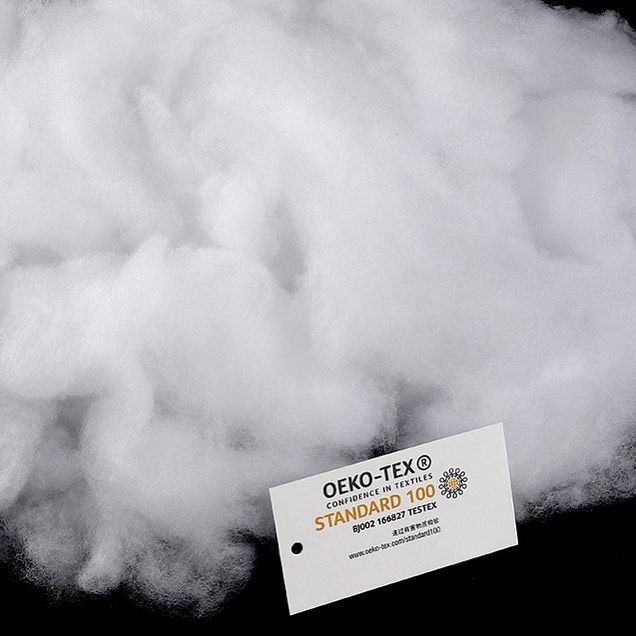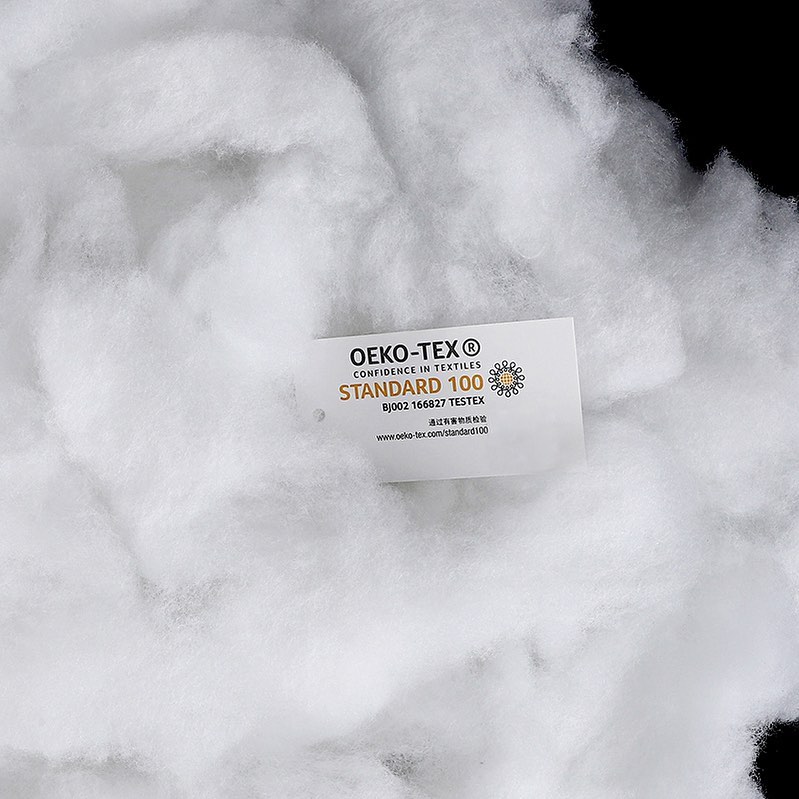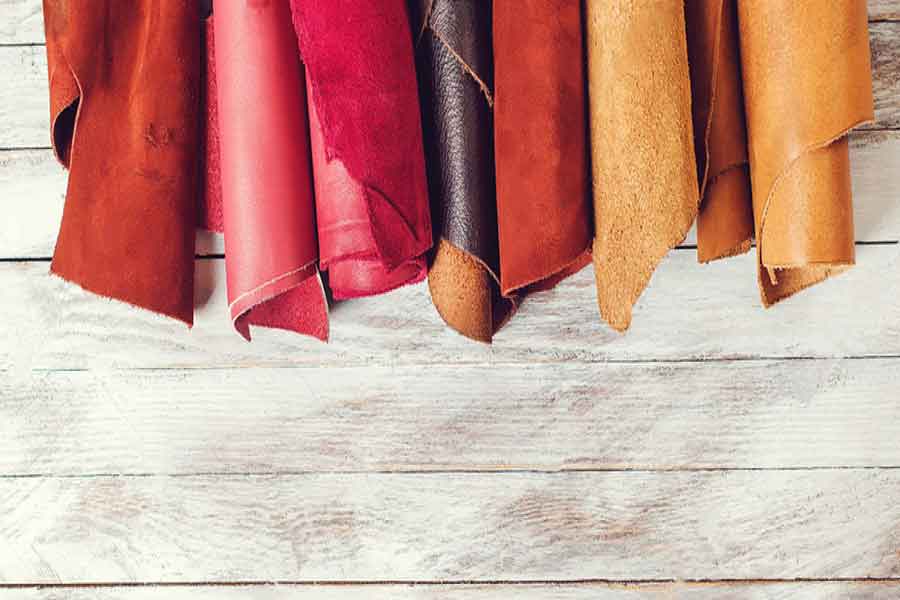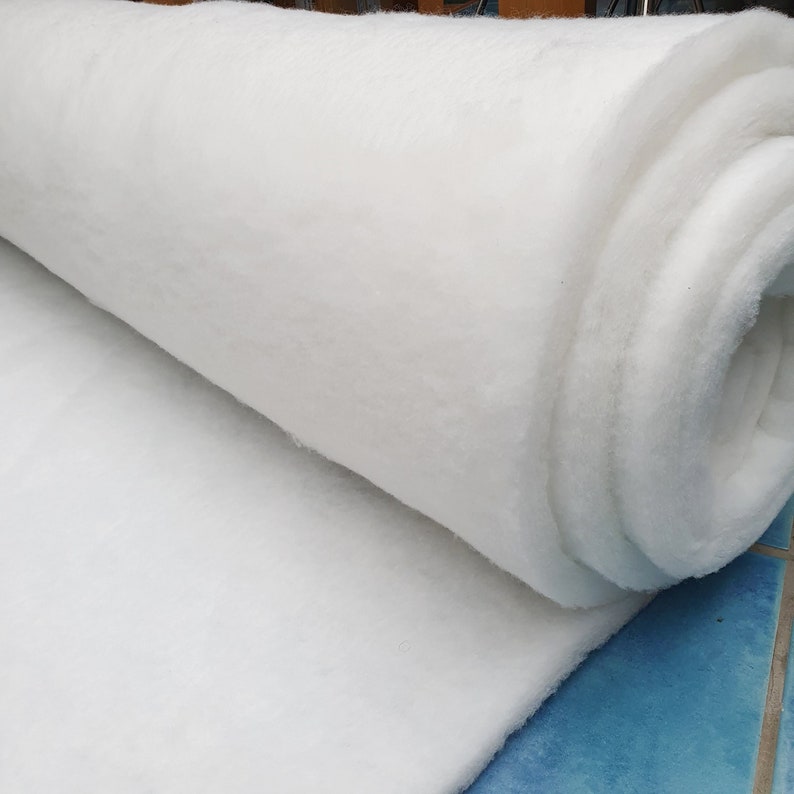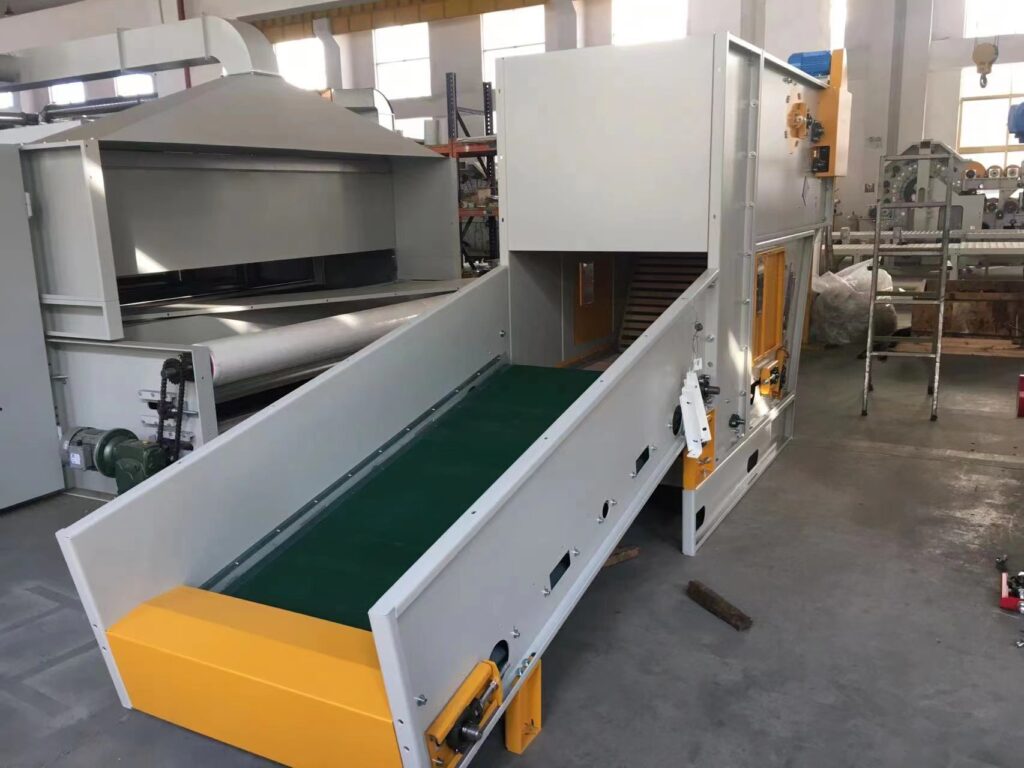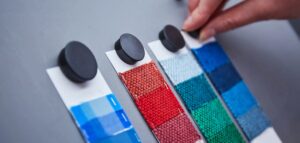Pre-Abridor Para aflojar todo tipo de fibra, transfiéralo al siguiente procedimiento a través de un soplador. El preabridor se abre con un rodillo estilo rebanada para reducir el daño de la fibra. El abridor principal se abre mediante una placa de pasador, alta eficiencia y buena calidad. Está equipado con un fuerte imán para absorber…
Search Results for: 9
Polyester Fiber Overview Polyester fiber is made of organic diacid and diol condensation of polyester by spinning synthetic fibers, belonging to polymer compounds. Invented in 1941, is the current synthetic fibers of the first major species.Because of its high fiber strength, it has strong wrinkle resistance, good shape retention and elastic recovery ability.Of course, more…
Introduction to the use of ultra-short fiber Ultra-short fibers are typically defined as short fibers with a length of less than 20mm. The specifications for these products necessitate a range of fiber forms and cut lengths. These products are primarily utilized for enhancing plastic materials in various applications such as hygiene products, non-woven products, papermaking,…
Definição de fibras ocas de poliéster antimicrobianas As fibras ocas de poliéster antimicrobianas são um tipo de fibra têxtil avançada que combina as propriedades do poliéster com agentes antimicrobianos. Aqui está uma descrição detalhada: Composição: Estas fibras são feitas de poliéster e agentes antibacterianos são incorporados durante o processo de fiação Propriedades: São conhecidos pela…
Definicion de Fibras huecas de poliéster antimicrobianas Las fibras huecas de poliéster antimicrobianas son un tipo de fibra textil avanzada que combina las propiedades del poliéster con agentes antimicrobianos. Aquí tienes una descripción detallada: Composición: Estas fibras están hechas de poliéster y se les incorporan agentes antibacterianos durante el proceso de hilado Propiedades: Son conocidas…
Definition of sea-island fiber Sea-Island fiber, also known as synthetic silk, is a specialized textile fiber created through a process of blending natural silk with synthetic fibers. Here is a comprehensive overview of Sea-Island fiber: Sea-island fiber, also known as super-conjugate fiber or butterfly polyester yarn, is created through the dispersion of a core component…
Definición de fibra mar-isla La fibra Sea-Island, también conocida como seda sintética, es una fibra textil especializada creada mediante un proceso de mezcla de seda natural con fibras sintéticas. A continuación se ofrece una descripción general completa de la fibra Sea-Island: La fibra Sea-isla, también conocida como fibra superconjugada o hilo de poliéster de mariposa,…
Pillow Production Line – Pillow Stuffing Machine Pillow Rolling Machine Pillow Rolling Production Line Pillow Filling Machine The machine can be used to open fiber, and fill the pillow cushions, etc. Nice appearance, easy to use operation, economical. Plumpy and elastic fiber. Pillow pressing machine Equipped with thermos-sealing device, ideal for vacuum packing of pillows…
Polyester Wadding (Sintepon) – High-Quality Nonwoven Synthetic Fabric Polyester wadding is a thermally bonded nonwoven fabric made from synthetic fibers. It is produced by mixing a fusible bi-component fiber with raw materials, followed by a heat-sealing process. The fusible fiber, typically composed of a polyester core and a low-melting membrane, melts during heat treatment. Once…
Pre-Opener To loosen all kinds of fiber then transfer to the next procedure through blower. The pre opener is opened by slice-style roller to reduce fiber damage. The main opener is opened by pin plate, high efficiency, and good quality. It is equipped with strong magnet to absorb metal impurities. Machine Width: 1000mm, 1300mm, 1500mm…
VNPOLYFIBER - Polyester Fiber Partners from Asia
We are a leading exporter of recycled polyester staple fiber—including hollow conjugated fiber, hollow slick fiber, solid fiber, low melting fiber, and many other polymer fibers since 2017. With a wide-reaching network of trusted suppliers across China, Vietnam, Malaysia, Thailand, and Indonesia, we have successfully exported to over 30 countries, serving more than 200 clients, many of whom have a strong presence in North America, South America, and the EU. We provide One Stop Solution for Polyester Staple Fiber, Nonwoven Fabric and Home Textile Materials